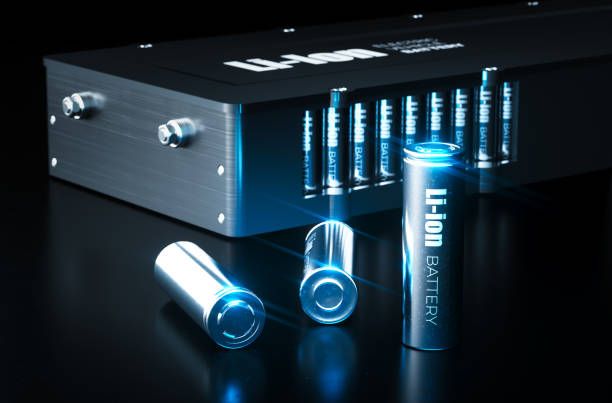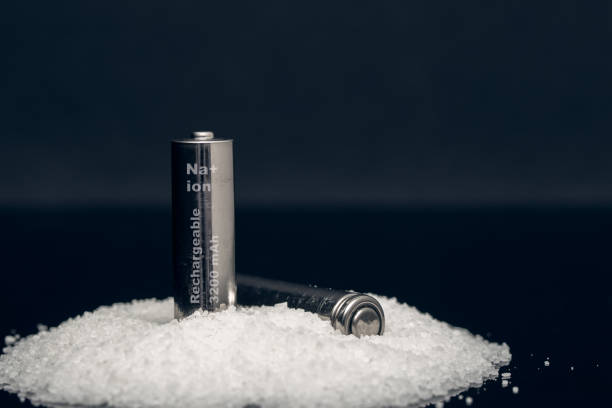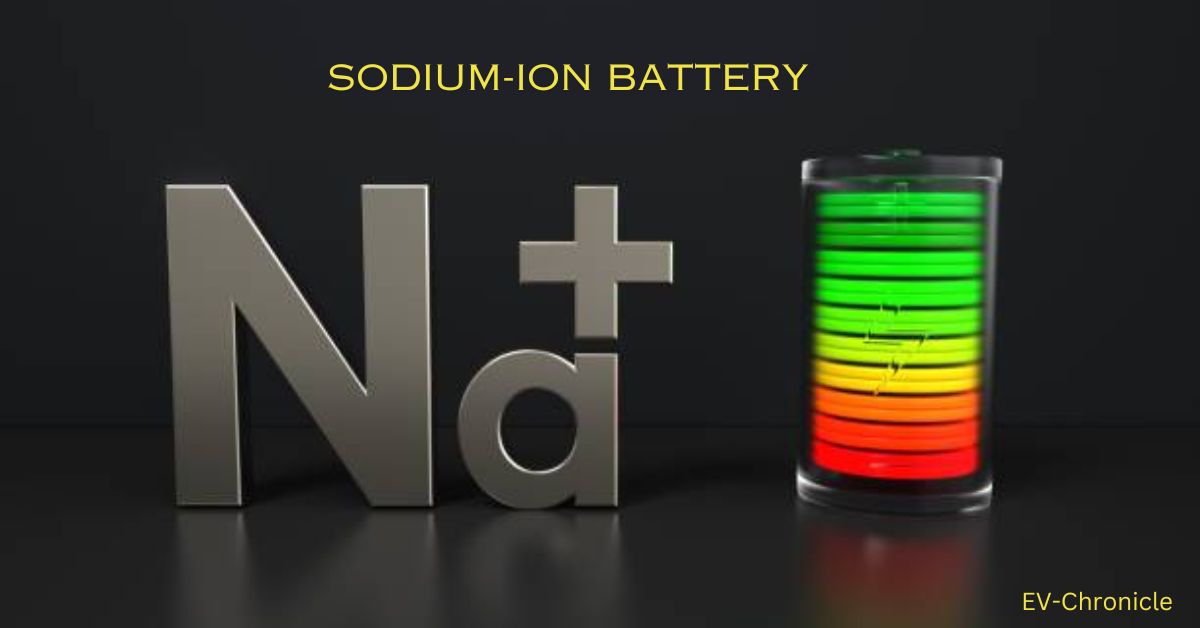The electric vehicle (EV) revolution is in full swing, driven by concerns about climate change and the desire for cleaner transportation.
However, lithium-ion batteries, the current workhorses of EVs, have their limitations: high cost, supply chain constraints, and environmental concerns. Enter sodium-ion batteries, a promising contender with the potential to shake up the game.

What are sodium-ion batteries?
Sodium-ion batteries are similar to lithium-ion batteries in principle, but they replace lithium with the much more abundant and cheaper element sodium. This makes them significantly less expensive to produce, potentially lowering the cost of EVs. Additionally, sodium is widely available and geographically dispersed, reducing dependence on a limited number of lithium-producing countries.

Sodium-ion batteries represent a type of rechargeable battery that relies on sodium ions (Na+) as the carriers of charge. Some aspects of their operational principles and cell structure are similar to lithium-ion battery types but with sodium taking the place of lithium as the cathode material.
This substitution is feasible due to the shared chemical properties between sodium and lithium, both belonging to the same group in the periodic table.
SIBs garnered attention due to the uneven geographic distribution, environmental impact, and high cost associated with lithium.
Sodium’s notable advantage lies in its widespread availability, particularly in saltwater.

Unlike lithium-ion batteries, numerous sodium-ion battery variants eliminate the need for cobalt, copper, or nickel, opting instead for more accessible iron-based materials that perform effectively with Na+ batteries.
However, the larger ionic radius of Na+ compared to Li+ does result in slower sodium-ion electrode material intercalation kinetics.
Advantages of sodium-ion batteries for EVs
Lower cost: As mentioned, sodium is significantly cheaper than lithium, leading to potentially lower EV prices and wider adoption.
Abundant resources: Sodium is plentiful and geographically distributed, reducing concerns about resource scarcity and geopolitical dependence.
Improved performance in cold weather: Sodium-ion batteries perform better in cold temperatures than lithium-ion batteries, making them more suitable for colder regions.
Potentially faster charging: Some sodium-ion battery designs boast faster charging times compared to lithium-ion batteries.
Challenges and limitations
Lower energy density: Sodium-ion batteries currently store less energy per unit weight than lithium-ion batteries, meaning EVs would have shorter ranges or require heavier batteries.
Less mature technology: Sodium-ion batteries are still under development, and their performance and lifespan are not yet on par with lithium-ion batteries.
Charging infrastructure: While fast-charging capabilities exist, the infrastructure for sodium-ion batteries is not yet as widespread as for lithium-ion batteries.
The future of sodium-ion batteries in EVs
Despite the challenges, research and development are rapidly advancing sodium-ion technology. Scientists are working on improving energy density, lifespan, and charging speeds.
Major car manufacturers like Volkswagen and BYD are investing heavily in sodium-ion batteries, suggesting strong potential for future adoption.
Conclusion
Sodium-ion batteries offer a promising alternative to lithium-ion batteries, with the potential to make EVs more affordable and accessible. While challenges remain, the ongoing research and development hold the key to unlocking their full potential. As the technology matures and infrastructure develops, sodium-ion batteries could become a game-changer in the EV revolution, paving the way for a more sustainable and affordable electric future.

